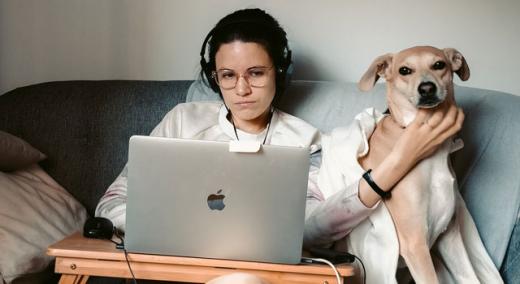Credit: Cristian Tarzi on Unsplash
When I started working from home in 1998, it wasn’t by choice. I was writing for a major record label that decided—in so many words—that I was like a painting that didn’t go with the furniture. (Fine. Know what you get when you play New Age music backward? New Age music.)
|
ADVERTISEMENT |
My panic-stricken response to sudden unemployment was to send out as many resumes and job applications as I could and explore freelance prospects in my spare time—an exactly backward approach. When I sought freelance work in earnest and sent resumes in my spare time, business picked up.
Long before work from home (WFH) became a well-known acronym, I enjoyed padding down the hall in my slippers and dealing with clients from the comfort of my home office. But when the novelty wore off, I felt my creativity dimming. I needed to hear voices that weren’t just in my head—so I began taking onsite temp work just to get out and be around other people. Sure enough, when an unlikely gig through Paladin led to a full-time position with a marketing firm, I found myself back in a corporate office.
…

Comments
How Does Work From Home Measure Up?
As I read the part in the article about KPI's and hybrid work, I couldn't help wonder that one of the objections for working from home is that management would actually have to know what the individual is actually doing, especially if no KPI's existed to measure their process outputs.
Add new comment